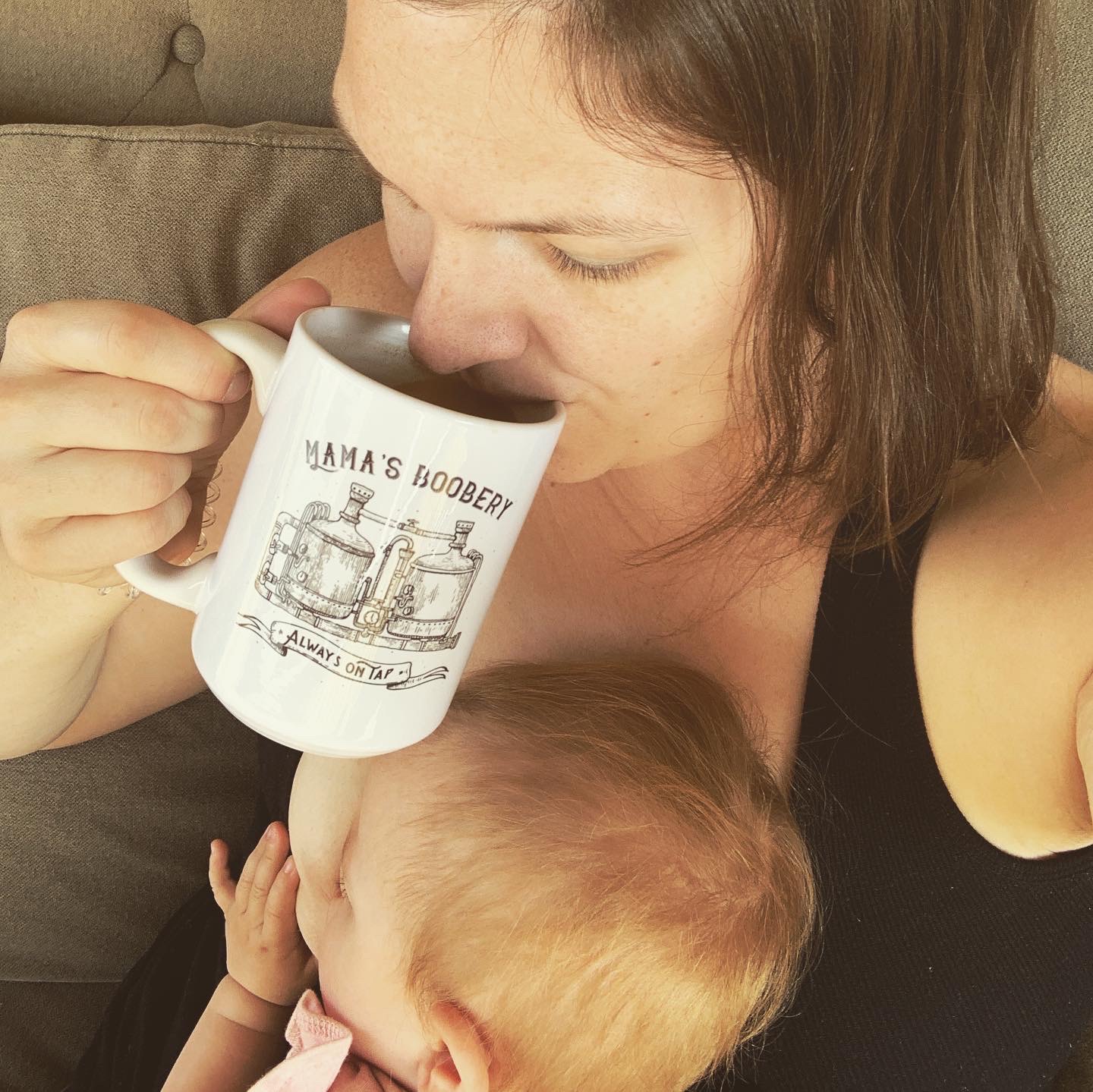One of the biggest fears of mothers is having a low milk supply. Many moms worry their baby won’t get enough milk and either be hungry or won’t grow adequately. This in turn leads to anxiety, stress, and even shame.
When I meet with moms who ask how to increase their supply, I first like to ask WHY they are worried about their supply. Have they gone back to work and are pumping during the day? Is there a new stress in the house? Is the baby more fussy? Many times moms fear a low supply when in reality the baby is signaling to increase feeds because of a growth spurt rather than a problem with supply.
Below are a few tips for increasing milk supply. Remember that any one of these might make a difference with you, but usually a combination will be the most effective. And I cannot stress enough that increasing breast stimulation and keeping well hydrated are the most important for having an adequate milk supply. Water, water, water!!!!
- Ensure an optimal latch. If the latch isn’t great, milk is not being removed efficiently and thus ineffectively signaling the body to make more.
- Increasing frequency of feeds. Frequency is more important than overall time spent expressing.
- Double pumping after a feed. Do as many times as you can throughout the day, start small and work up.
- Use a combination of the electric pump + hand expression. This combination has been proven to be the most effective. Using a hands-free nursing/pumping bra can be really helpful with this.
- Consider trying “power pumping.” This is when you pump for ten minutes, rest for ten minutes, and so on, for a total of 60 minutes making up the ‘power hour.’ (This can be done a few times a day.)
- Watch what you eat! Getting enough protein is key. Plus water, water, water, water. Oats, mother’s milk tea, and herbs such as Fenugreek are known to increase supply. In my own breastfeeding journey, I noticed having a bowl of oatmeal for breakfast everyday really helped keep my supply up. Watch out for peppermint, sage and parsley. These herbs are known to decrease supply. Peppermint candies, desserts, and teas can drastically reduce supply. Follow the link for more information on foods to eat and avoid or attend one of my classes.
And if you want to know more about how to produce more milk or how to keep your milk supply up (if, for example, you’re returning to work or planning mother-baby separation time) see the links for consultations and more information! Or attend one of my classes.


















